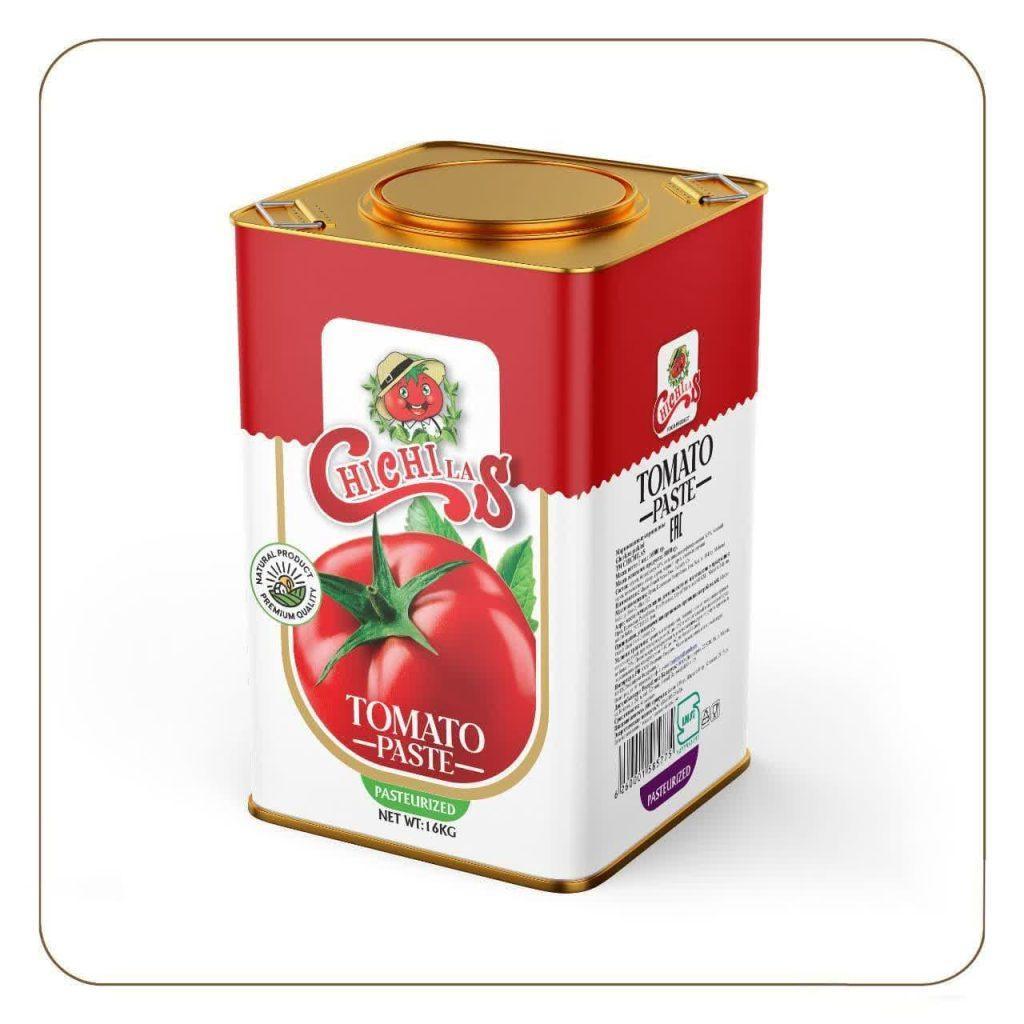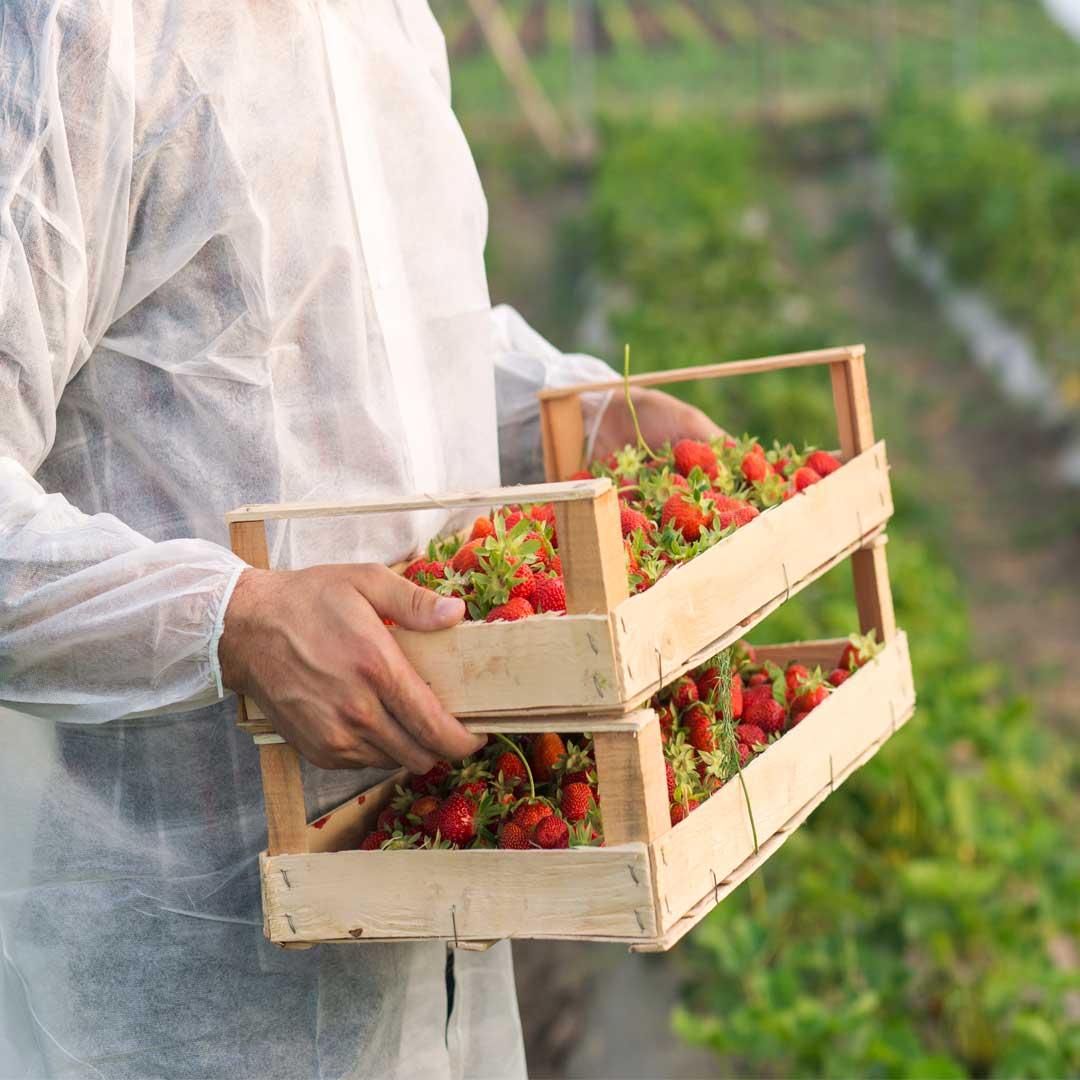France is a major EU market with high demand for premium, natural, and exotic foods. Iran exports pistachios, saffron, d...
What is Tomato Paste? Everything You Need to Know About It
Tomato Paste Wholesaler Manufactures Connect With Suppliers Directly
Everything You Need to Know About It
Tomato paste is a thick, rich concentrate made from tomatoes that are cooked down, strained, and reduced until they reach a dense, flavorful consistency. Known for its deep red color and intense tomato flavor, tomato paste is a staple ingredient in many cuisines worldwide. It adds depth, color, and richness to dishes without needing to use fresh tomatoes, making it a versatile pantry essential for both home cooks and professional chefs.

How is Tomato Paste Being Made?
The process of making tomato paste starts with selecting ripe, high-quality tomatoes, which are then washed and sorted. These tomatoes are typically crushed to break down their structure, releasing their natural juices. After that, the crushed tomatoes go through a cooking process where they are simmered for an extended period. This slow cooking evaporates most of the water content, concentrating the flavors.
Once the tomatoes have been reduced, they are typically strained to remove seeds and skins, leaving a smooth, thick pulp. The pulp is then cooked down further, reducing it into a dense paste. Some producers add a small amount of salt or preservatives, but traditional tomato paste often contains only tomatoes and a little salt.
Types of Tomato Paste
- 1. Double Concentrated Tomato Paste: This is a thicker, more concentrated version, often used in Mediterranean and Middle Eastern cuisines. It has a more intense flavor, so a small amount can go a long way.
- 2. Aseptic Tomato Paste: Aseptic packaging involves sterilizing the product and the packaging separately and then filling the packaging in a sterile environment. This method increases shelf life without the need for preservatives and is often used for bulk tomato paste in food service.
- 3. Organic Tomato Paste: Made from organically grown tomatoes, this type caters to health-conscious consumers who prioritize sustainable, pesticide-free production.
- 4. Homemade Tomato Paste: Some people prefer to make their own tomato paste at home using fresh, ripe tomatoes, often adding a touch of salt, olive oil, or spices for personal preference.
Nutritional Value of Tomato Paste
Tomato paste is not only a flavor booster but also a nutrient-dense food. It’s low in calories yet packed with vitamins and minerals:
Vitamin C:
An antioxidant that supports immune health and skin vitality.
Vitamin A:
Beneficial for vision, immune function, and cell growth.
Lycopene:
A powerful antioxidant that may help protect against certain types of cancer and heart disease. Lycopene levels in tomato paste are higher due to the concentration process, making it a potent source of this compound.
Iron, Potassium, and Magnesium:
Essential minerals that support various body functions, including bone health, muscle function, and cardiovascular health.
Culinary Uses of Tomato Paste
Tomato paste is an incredibly versatile ingredient used in cuisines worldwide. Here are some popular uses:
1. Sauces:
Tomato paste is the base of many sauces, including pasta sauces, stews, curries, and marinades. It thickens sauces and adds a rich tomato flavor.
2. Soups and Stews:
Adding tomato paste to soups and stews enriches their flavor and color. It blends well with vegetables, meats, and spices, making it a favorite for hearty dishes.
3. Marinades:
Tomato paste, when combined with herbs, spices, and other ingredients, makes an excellent marinade for meats, vegetables, or tofu.
4. Dips and Spreads:
It can be incorporated into dips and spreads, like hummus, to add a tangy, rich undertone.

Storage and Shelf Life
Tomato paste is available in various packaging, including cans, tubes, and jars. While canned tomato paste is common, the tube format is more convenient for small amounts since it can be resealed. Unopened tomato paste has a long shelf life, but once opened, it should be stored in an airtight container or resealed tube in the refrigerator.
To prevent waste, freeze extra tomato paste in small portions, such as in an ice cube tray, and use the cubes as needed. Frozen tomato paste can last several months without losing flavor.
Health Benefits of Tomato Paste
Tomato paste’s concentration process enhances the nutritional properties of tomatoes, offering several health benefits:
• Supports Heart Health:
The high lycopene content has been linked to a lower risk of heart disease.
• Promotes Skin Health:
The antioxidants in tomato paste, like vitamin C and lycopene, may protect skin from sun damage.
• Improves Eye Health:
Vitamin A in tomato paste supports good vision and overall eye health.

Aseptic Tomato Paste in Bulk
Aseptic tomato paste is a preferred option in food manufacturing and bulk wholesale due to its extended shelf life and preserved freshness. Ideal for industrial use, aseptic packaging allows food businesses to store large quantities with minimal waste and without refrigeration.
This form of tomato paste is typically available in various Brix levels (sugar content) and sizes, catering to different culinary and manufacturing needs. For example, Abrisham Road offers high-quality aseptic tomato paste with a Brix level of 36-38%, available in 245 kg drums, designed for long-term storage and bulk use.
Every Things That You Must Know In Summary
Tomato paste is a staple ingredient with a multitude of uses, from enhancing flavors in everyday cooking to providing a nutrient boost. Whether you’re a home cook or a food manufacturer, understanding the varieties, uses, and benefits of tomato paste can help you make the most of this incredible product. Whether for creating hearty sauces, enriching dishes, or producing food products, tomato paste’s versatility makes it invaluable in kitchens around the world.




